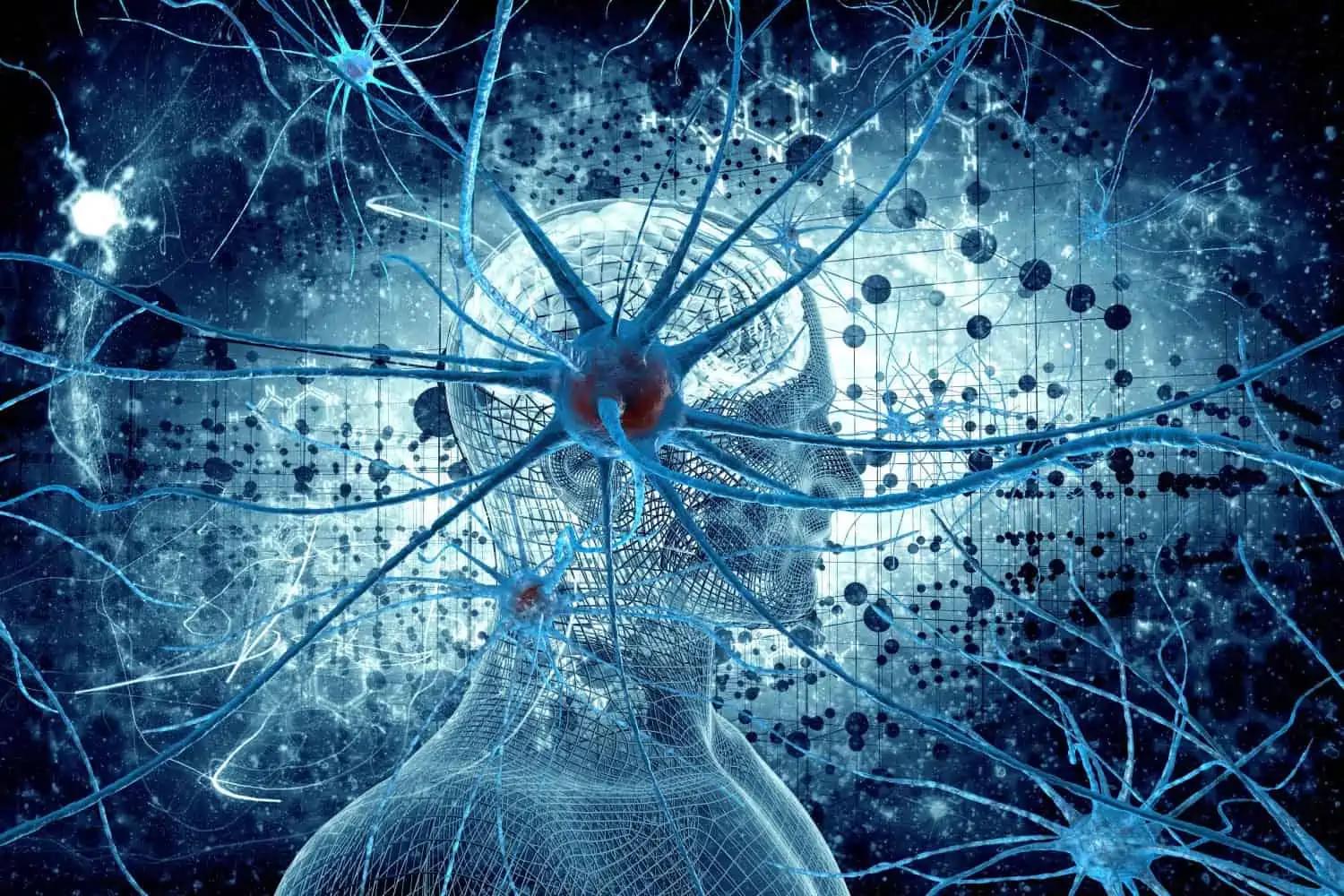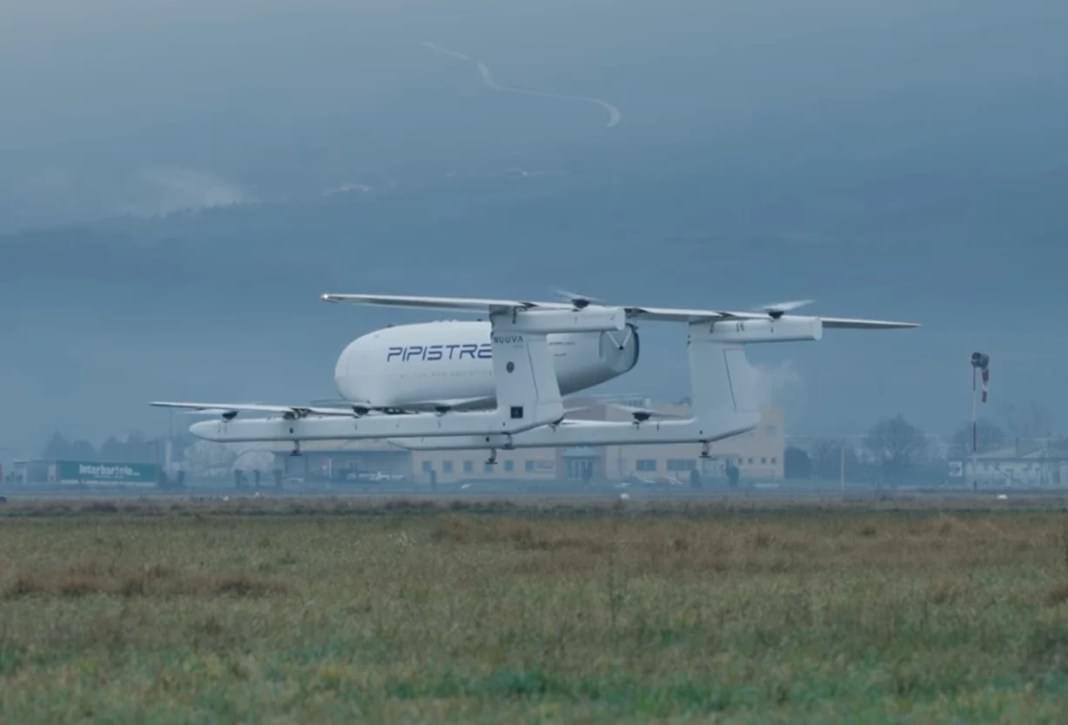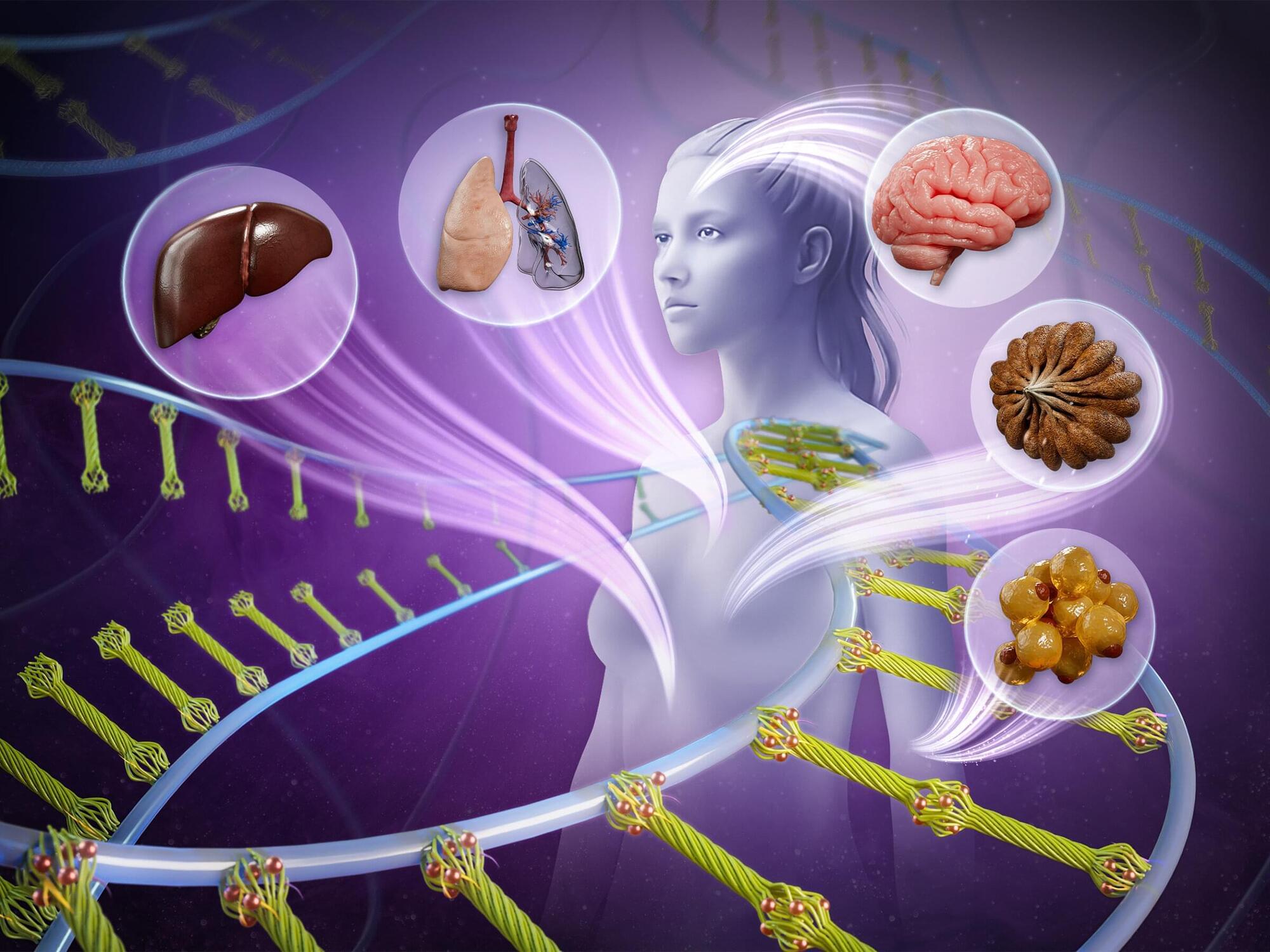Unitree, a Chinese robotics company competing with outfits like Boston Dynamics, Tesla, Agility Robotics and others, has unveiled a new video of its humanoid G1 and H1 robots, showing off some new moves.
The smaller, more affordable G1 robot is shown running, navigating uneven terrain and walking in a more natural way. Unitree told us that because the robots were operating in environments it hadn’t mapped with LIDAR, these demos were remote controlled.
Unitree’s taller H1 humanoid robot also showed off some new moves at a Spring Festival Gala. The robots performed a preset routine learned from data produced by human dancers. The company says “whole body AI motion control” kept the robots in sync and allowed the robots to respond to any unplanned changes or events.








